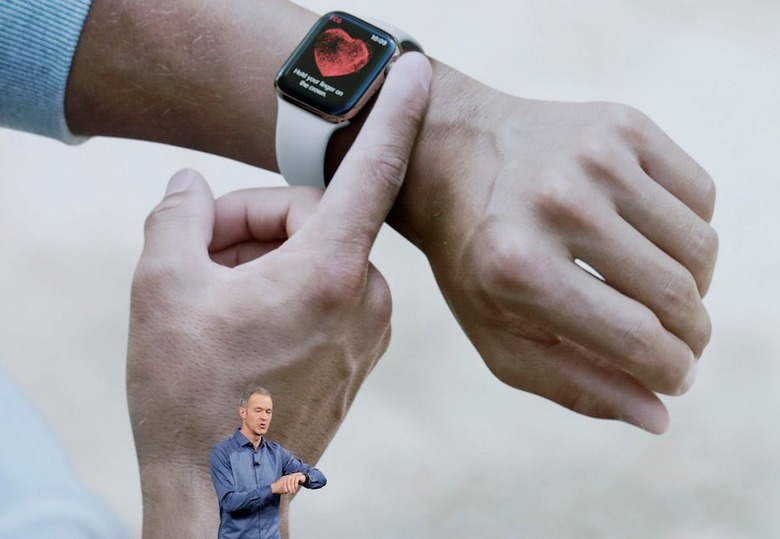Apple Watch's Heart Rate Monitor Credit With Saving Another Man's Life
The Apple Watch may have initially been positioned as a fashion accessory — thanks in large part to Jony Ive — but it soon became apparent that its fitness and health-tracking features were what really attracted users to the device.
Over time, Apple has done an impressive job of fleshing out the device's health oriented features, culminating of course with the release of the ECG app on the Apple Watch Series 4 last year. Shortly after the ECG app went live, we encountered a large number of incredible stories involving the app alerting users to potentially life-threatening conditions.
The latest such example involves the Apple Watch's heart rate monitor and comes to us from England. Originally reported by The Telegraph, Paul Hutton of Essex received a number of alerts from his Apple Watch indicating that his heart rate was abnormally low.
Even after adjusting his diet after a consultation with his general practitioner, the heart rate alerts continued to come in. Ultimately, Hutton saw a specialist who diagnosed him with a form of an irregular heartbeat called a ventricular bigeminy. Hutton subsequently underwent surgery to address the condition.
Hutton's story, as alluded to above, is far from unique. Indeed, there have been so many examples of the Apple Watch saving lives that it's become hard to keep track.
It's also worth mentioning that the Apple Watch has helped save lives in other ways. Earlier this year, for example, the fall detection feature introduced on the Apple Watch Series 4 helped save a 67-year old man's life when it automatically contacted rescue personnel after the man suffered a serious fall and was knocked unconscious.
More recently, an Apple Watch wearer in Chicago used the Emergency SOS feature to call for help after his Jet Ski flipped over, leaving him unable to swim to shore. Thanks to the Emergency SOS feature, local authorities were able to rescue him via boat just a few minutes later.
